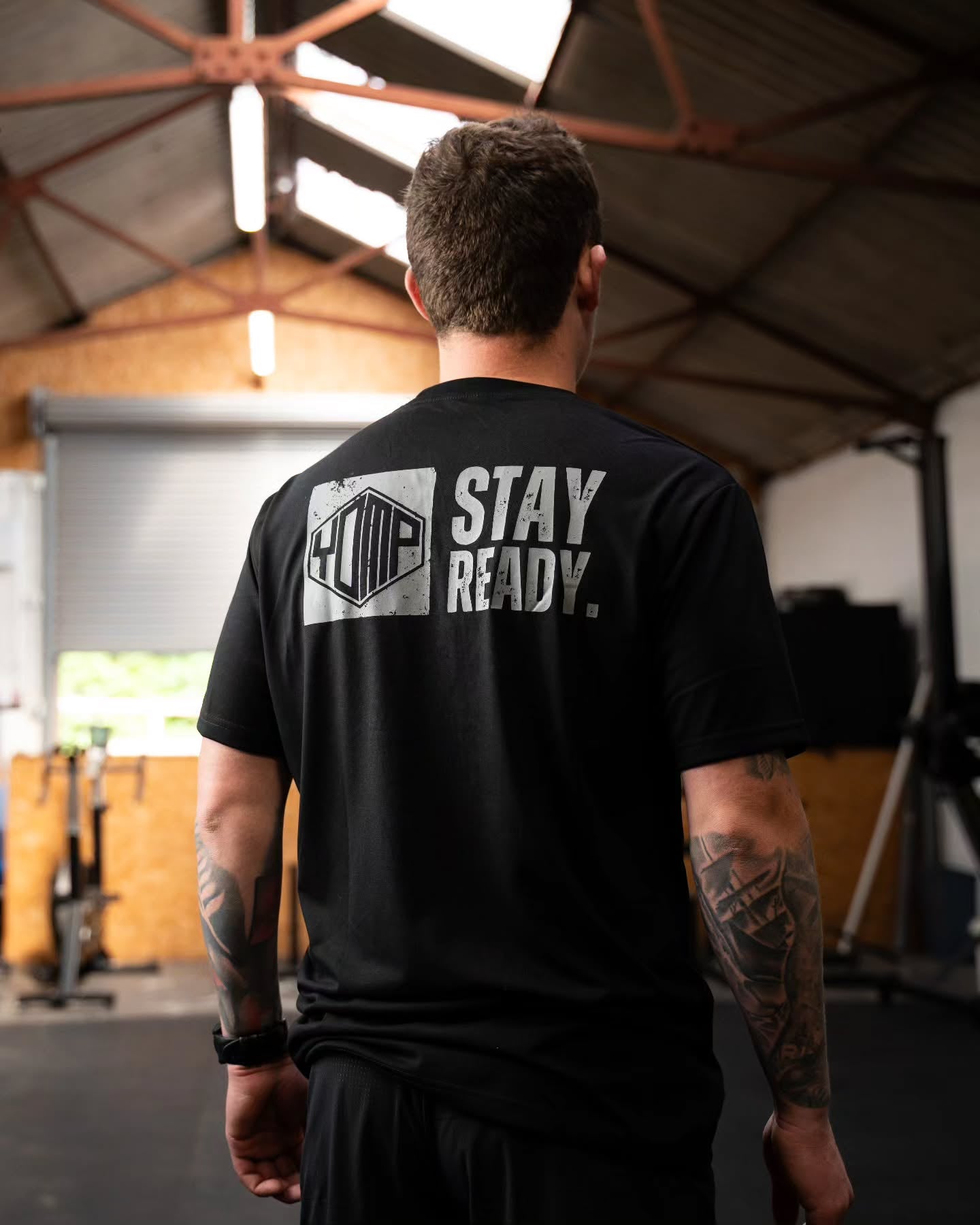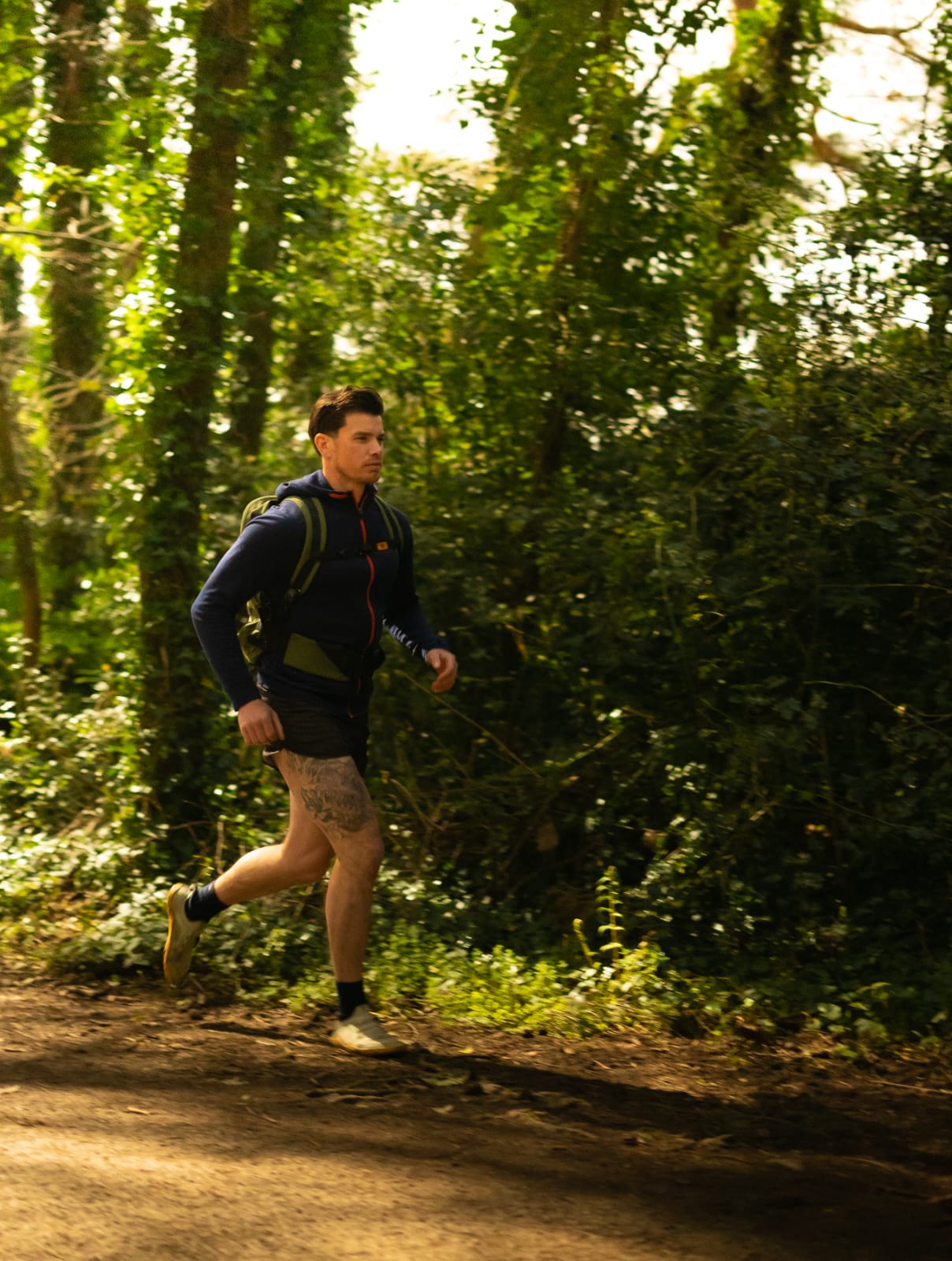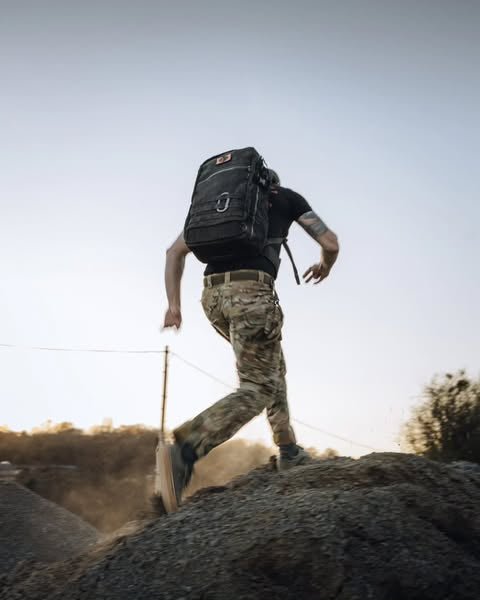Training for Rucking Elevation: Building Strength and Endurance in Flat Terrain

You’ve signed up for a rucking event with hills that look more like ski slopes than walking paths—but there’s just one problem: your local area is as flat as a pancake. If the steepest incline you’ve faced lately is a parking garage ramp, you’re probably wondering how to prepare for elevation without a hill in sight.
The good news? With the right gym exercises and focused strength work, you can simulate the demands of uphill rucking and train your body to handle climbs like a seasoned hillhound. Let’s break down the muscle groups you’ll need, the science behind incline effort, and the most effective workouts to get you hill-ready—no mountains required.
Understanding the Physical Demands of Incline Rucking
Rucking uphill puts significantly more stress on your glutes, hamstrings, quads, and calves. Studies show that incline walking demands 50–70% more energy than flat terrain, with a notable increase in muscle activation as grade increases.
A 2006 biomechanical study of inclined walking found higher joint moments and muscle work in the lower limbs as incline rose—meaning more effort, and more potential for fatigue if you're underprepared.
Gym Exercises to Simulate and Strengthen for Incline Rucking
Incline Treadmill Rucking (Yes, It’s Obvious—But It Works)
-
Walk on a treadmill set to a 5–10% incline while wearing your ruck.
-
Start light and increase time or load progressively.
-
Mimics uphill movement while reinforcing posture and endurance.
Step-Ups
-
Use a knee-height box or bench.
-
Add dumbbells or wear your ruck.
-
Focus on pushing through your heel to activate glutes and hamstrings.
Walking Lunges
-
Excellent for unilateral strength and stability.
-
Forward or reverse lunges with load target quads and glutes under tension.
Romanian Deadlifts (RDLs)
-
A hinge-based movement to strengthen hamstrings and glutes.
-
Improves posterior chain endurance—key for uphill propulsion.
Calf Raises
-
Do them on a step for full range of motion.
-
Strengthens the often-overlooked calves, crucial for climbing efficiency.
Bonus: Stair Training
No hills? No problem.
Find a set of stairs or a stair machine. Climbing with your ruck at a steady pace builds muscular endurance and trains similar motor patterns used during elevation gain.
Programming Tips
-
Train lower body strength twice per week to see improvements.
-
Replace one hill ruck per week with a treadmill incline session.
-
Follow progressive overload—increase weight, reps, or time gradually.
Conclusion
You don’t need hills to train for them—you just need strategy. By strengthening the right muscle groups and mimicking uphill movement in the gym, you’ll build the power, endurance, and confidence to crush elevation when it counts.
Stay consistent, train smart, and you’ll be ready to climb with the best of them—no mountain necessary.



